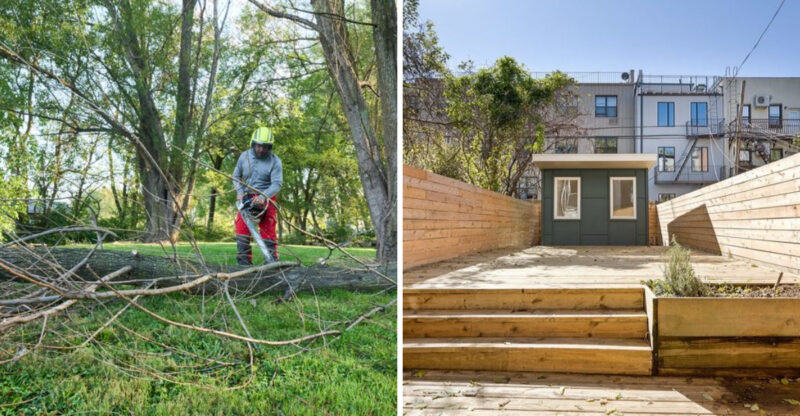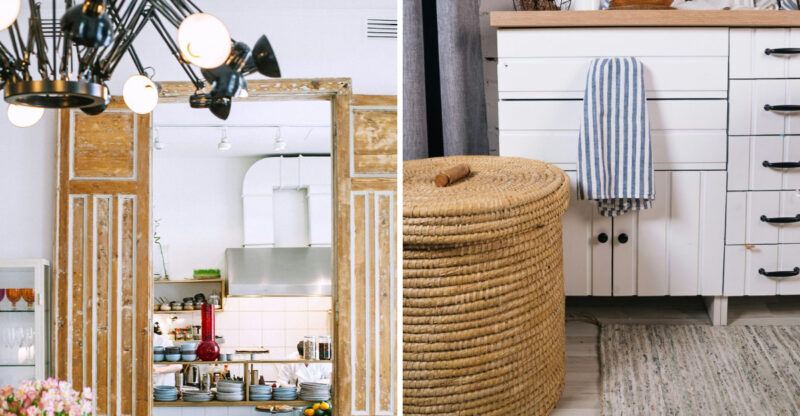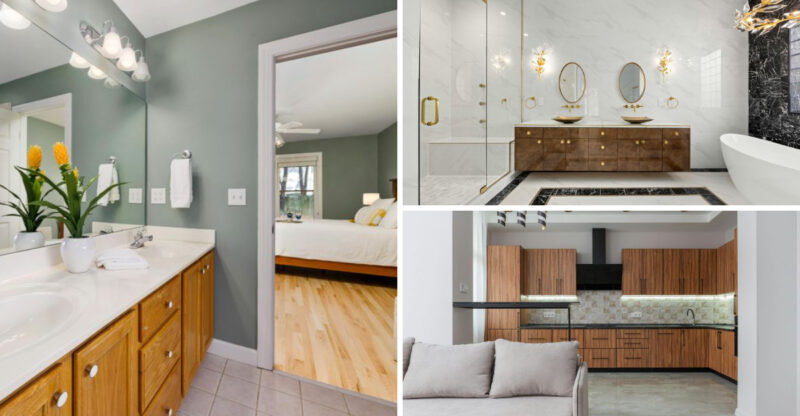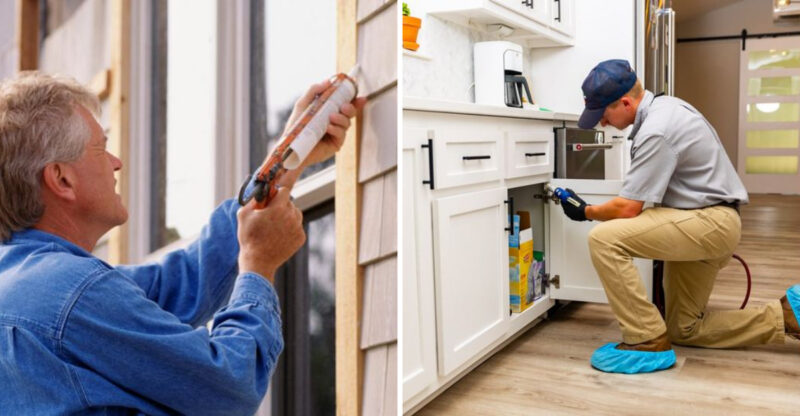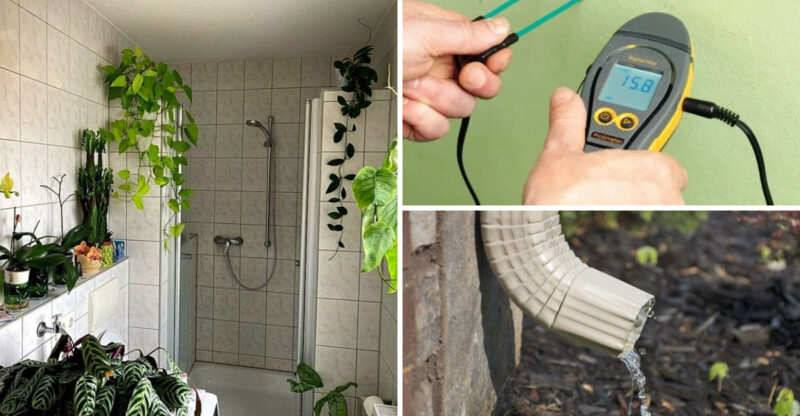8 Seattle, Washington TV Renovation Tricks That Fail Every Time
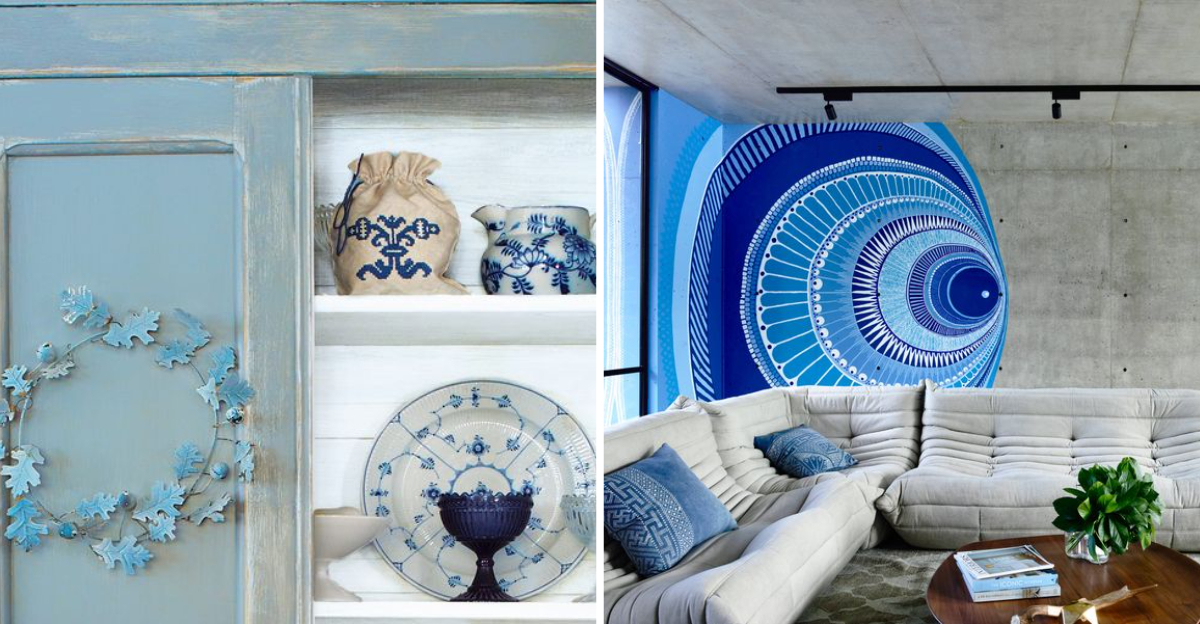
Television makeovers promise effortless style, but the reality in Seattle homes is far less forgiving. What seems flawless on screen can quickly unravel once studio lighting and clever camera angles give way to the damp, shifting conditions of the Pacific Northwest.
Homeowners chasing those polished looks often end up with awkward layouts, impractical finishes, and expenses that outweigh the charm, turning quick fixes into long-term frustrations.
1. Over-Styled Open Shelving
Those pristine kitchen displays with artfully arranged ceramics? Pure fantasy in Seattle’s everyday homes. Rain-driven indoor time means these shelves quickly become cluttered catchalls.
Dust accumulates rapidly in this humid climate, making weekly styling sessions necessary. Most homeowners abandon the aesthetic within months, wishing they’d installed practical cabinets instead.
2. Oversized Media Walls
Massive entertainment centers dominating entire living room walls rarely translate well to Seattle’s modest-sized homes. These overwhelming structures make rooms feel smaller and darker – the opposite of what we need during gray winters.
Installation costs often exceed expectations by thousands. Homeowners frequently regret surrendering precious square footage to these bulky TV shrines when simpler solutions would better serve the space-conscious urban lifestyle.
3. Poorly Planned Lighting Around Screens
Seattle’s notorious lack of natural light demands thoughtful lighting design, especially around televisions. Many homeowners copy TV shows by installing harsh overhead fixtures or insufficient accent lighting.
The result? Annoying glare on screens during many dark evenings. Smart Seattle renovators focus on layered, adjustable lighting with proper placement to prevent eye strain while maintaining the cozy atmosphere this climate calls for.
4. Ignoring Storage For Tech And Cables
Seattle’s tech-savvy residents own more devices than average, yet renovation shows rarely address practical cable management. The sleek media setups on TV magically hide dozens of wires.
Reality hits when homeowners realize their streaming devices, gaming consoles, and work-from-home equipment create unsightly tangles. Successful local renovations prioritize accessible outlets, hidden channels, and smart storage solutions that acknowledge Seattle’s connected lifestyle.
5. Overuse Of Shiplap In Living Areas
Despite Seattle’s actual maritime history, television-inspired shiplap rarely enhances homes authentically. The material often creates acoustic problems in already-echo-prone spaces with hardwood floors.
Excessive wood paneling can make rooms feel darker during Washington’s extended cloudy seasons. Local design experts suggest limiting shiplap to small accent areas if used at all, focusing instead on materials that brighten and warm unique Northwest living environments.
6. Trendy Accent Walls That Date Quickly
Bold geometric patterns and ultra-trendy wallpapers beloved by renovation shows become visual eyesores faster than you can say “Pacific Northwest.” Seattle’s design community watches homeowners cycle through regret within months.
Unique light quality often makes these walls appear different than expected. Locals have learned the hard way that subtle textures and timeless designs better complement this distinctive environment than statement walls that quickly feel outdated.
7. Awkward Furniture Layouts For Screen Viewing
Television shows prioritize camera-ready arrangements over functional viewing setups. Seattle homeowners frequently copy these layouts only to discover neck strain and uncomfortable seating positions.
Longer indoor seasons mean comfort for movie nights matters more here. Successful local living rooms position furniture at appropriate viewing angles and distances, with flexible arrangements that accommodate the indoor-heavy lifestyle rather than just looking good in photos.
8. Faux Rustic Finishes That Don’t Age Well
Barnwood accent pieces and distressed furniture look charming on camera but deteriorate quickly in Seattle’s damp climate. The humidity warps these materials in unexpected ways.
What starts as artfully weathered soon becomes genuinely damaged. Local designers recommend authentic, quality materials suited to the environment rather than these trendy faux finishes that end up looking cheap within a year.

